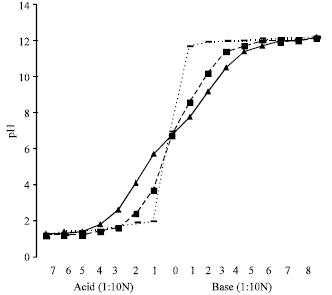Research Article
Buffering Capacity of Saliva in Patients with Active Dental Caries
Department of Operative Dentistry, Dental School, Islamic Azad University, Khorasgan Branch, Isfahan, Iran
Manoochehr Messripour
Department of Biochemistry, School of Medicine, Islamic Azad University, Khorasgan Branch, Isfahan, Iran
Farzaneh Shirani
Department of Operative Dentistry, Dental School, Isfahan University of Medical Sciences, Isfahan, Iran









